Audi Q3 vs Suzuki S-Cross – Which car suits you better?
Both models have their strengths – but which one suits you more?
Compare performance, efficiency, price and space directly: Audi Q3 or Suzuki S-Cross?
Costs and Efficiency:
Price and efficiency are often the first things buyers look at. Here it becomes clear which model has the long-term edge – whether at the pump, the plug, or in purchase price.
Suzuki S-Cross has a clearly advantage in terms of price – it starts at 21800 £, while the Audi Q3 costs 38200 £. That’s a price difference of around 16466 £.
Fuel consumption also shows a difference: Audi Q3 manages with 1.70 L and is therefore significantly more efficient than the Suzuki S-Cross with 5.10 L. The difference is about 3.40 L per 100 km.
Engine and Performance:
Power, torque and acceleration say a lot about how a car feels on the road. This is where you see which model delivers more driving dynamics.
When it comes to engine power, the Audi Q3 has a clearly edge – offering 272 HP compared to 129 HP. That’s roughly 143 HP more horsepower.
In acceleration from 0 to 100 km/h, the Audi Q3 is decisively quicker – completing the sprint in 5.70 s, while the Suzuki S-Cross takes 9.50 s. That’s about 3.80 s faster.
In terms of top speed, the Audi Q3 performs to a small extent better – reaching 240 km/h, while the Suzuki S-Cross tops out at 195 km/h. The difference is around 45 km/h.
There’s also a difference in torque: Audi Q3 pulls significantly stronger with 400 Nm compared to 235 Nm. That’s about 165 Nm difference.
Space and Everyday Use:
Beyond pure performance, interior space and usability matter most in daily life. This is where you see which car is more practical and versatile.
Both vehicles offer seating for 5 people.
In curb weight, Suzuki S-Cross is noticeable lighter – 1280 kg compared to 1635 kg. The difference is around 355 kg.
In terms of boot space, the Audi Q3 offers a bit more room – 488 L compared to 430 L. That’s a difference of about 58 L.
In maximum load capacity, the Audi Q3 performs a bit better – up to 1386 L, which is about 156 L more than the Suzuki S-Cross.
When it comes to payload, Audi Q3 noticeable takes the win – 535 kg compared to 405 kg. That’s a difference of about 130 kg.
Who wins the race?
The Audi Q3 proves to be wins the duel decisively and therefore becomes our DriveDuel Champion!
Audi Q3 is the better all-rounder in this comparison.
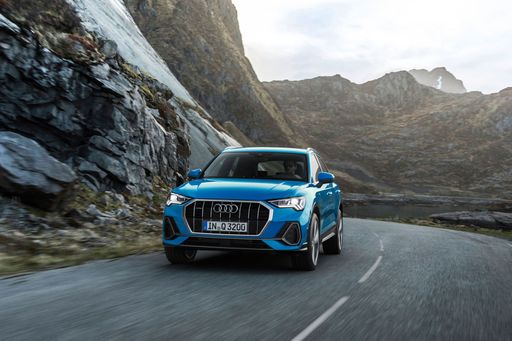 @ audi-mediacenter.com
@ audi-mediacenter.com
Audi Q3
Audi Q3
The Audi Q3 seamlessly blends practicality with luxury, making it an ideal choice for urban dwellers and adventure seekers alike. With its striking design and sophisticated interior, the Q3 offers a premium driving experience that caters to both comfort and style. As a compact SUV, it effortlessly navigates through city streets while providing ample space for passengers and cargo.
details @ audi-mediacenter.com
@ audi-mediacenter.com
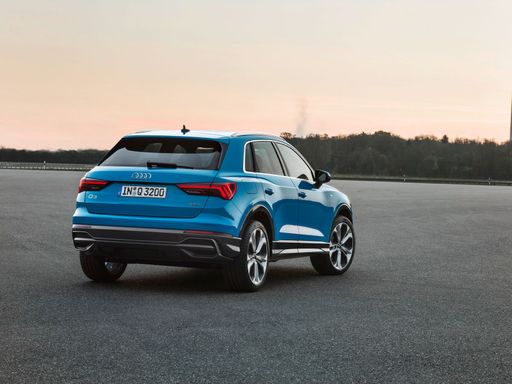 @ audi-mediacenter.com
@ audi-mediacenter.com
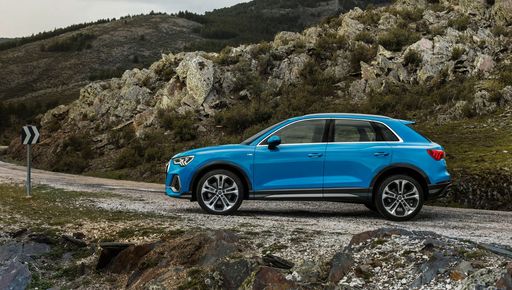 @ audi-mediacenter.com
@ audi-mediacenter.com
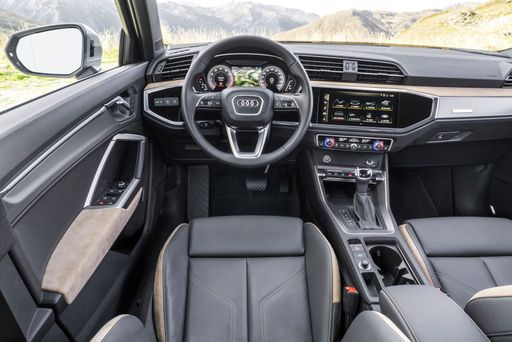 @ audi-mediacenter.com
@ audi-mediacenter.com
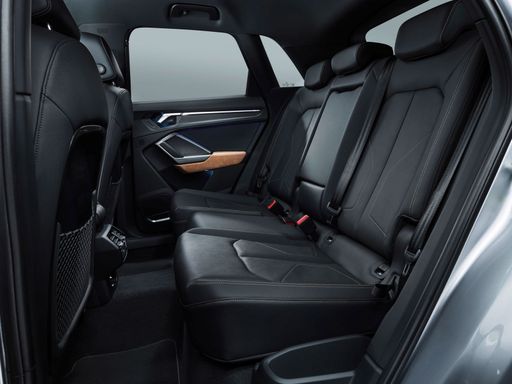 @ audi-mediacenter.com
@ audi-mediacenter.com
Suzuki S-Cross
The Suzuki S-Cross emerges as a versatile crossover, blending urban agility with a rugged presence suited for diverse terrains. Its design combines sleek, modern aesthetics with practicality, offering a spacious interior that comfortably accommodates passengers and cargo for varied journeys. Drivers will appreciate the advanced technology features that enhance both driving pleasure and safety, making the S-Cross a well-rounded option for those seeking reliability and style in a compact SUV.
details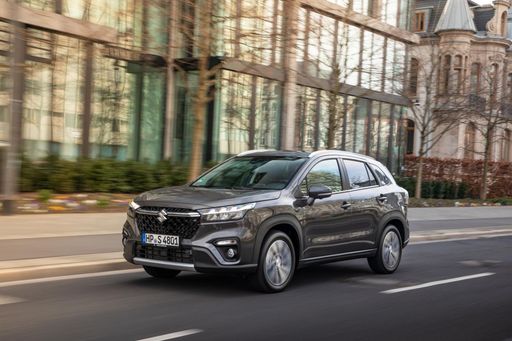 @ Suzuki
@ Suzuki
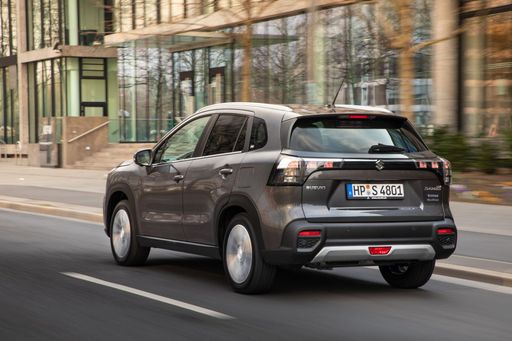 @ Suzuki
@ Suzuki
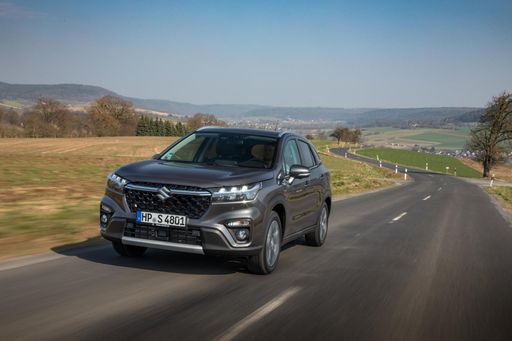 @ Suzuki
@ Suzuki
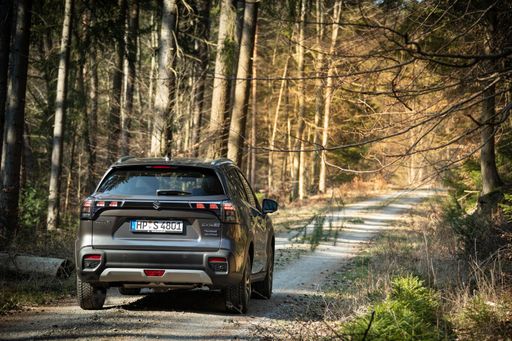 @ Suzuki
@ Suzuki
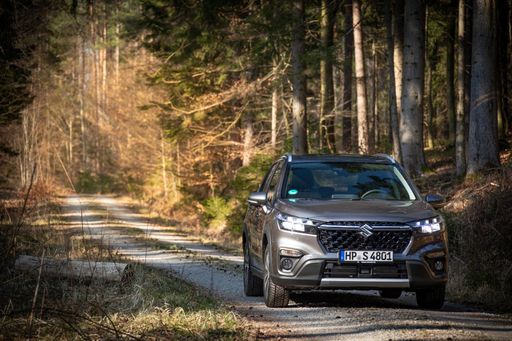 @ Suzuki
@ Suzuki
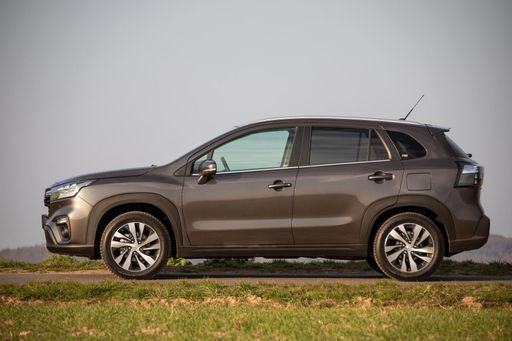 @ Suzuki
@ Suzuki
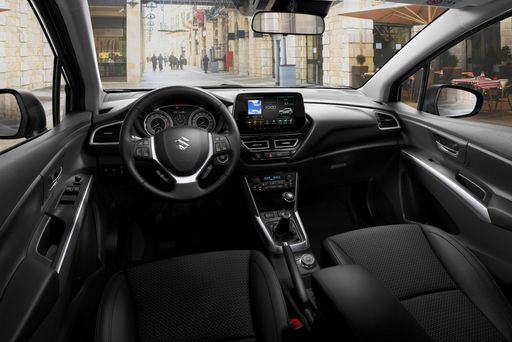 @ Suzuki
@ Suzuki
 @ audi-mediacenter.com
@ audi-mediacenter.com
|
 @ Suzuki
@ Suzuki
|
|
|
|
Costs and Consumption |
|
|---|---|
|
Price
38200 - 52900 £
|
Price
21800 - 33700 £
|
|
Consumption L/100km
1.7 - 8.6 L
|
Consumption L/100km
5.1 - 5.8 L
|
|
Consumption kWh/100km
-
|
Consumption kWh/100km
-
|
|
Electric Range
118 - 119 km
|
Electric Range
-
|
|
Battery Capacity
19.70 kWh
|
Battery Capacity
-
|
|
co2
39 - 195 g/km
|
co2
116 - 131 g/km
|
|
Fuel tank capacity
45 - 60 L
|
Fuel tank capacity
47 L
|
Dimensions and Body |
|
|---|---|
|
Body Type
SUV
|
Body Type
SUV
|
|
Seats
5
|
Seats
5
|
|
Doors
5
|
Doors
5
|
|
Curb weight
1635 - 1900 kg
|
Curb weight
1280 - 1435 kg
|
|
Trunk capacity
375 - 488 L
|
Trunk capacity
430 L
|
|
Length
4531 mm
|
Length
4300 mm
|
|
Width
1859 mm
|
Width
1785 mm
|
|
Height
1559 - 1601 mm
|
Height
1580 mm
|
|
Max trunk capacity
1196 - 1386 L
|
Max trunk capacity
1230 L
|
|
Payload
505 - 535 kg
|
Payload
375 - 405 kg
|
Engine and Performance |
|
|---|---|
|
Engine Type
Petrol MHEV, Petrol, Plugin Hybrid, Diesel
|
Engine Type
Full Hybrid, Petrol MHEV
|
|
Transmission
Automatic
|
Transmission
Automatic, Manuel
|
|
Transmission Detail
Dual-Clutch Automatic
|
Transmission Detail
Automated Manual, Manual Gearbox
|
|
Drive Type
Front-Wheel Drive, All-Wheel Drive
|
Drive Type
Front-Wheel Drive, All-Wheel Drive
|
|
Power HP
150 - 272 HP
|
Power HP
116 - 129 HP
|
|
Acceleration 0-100km/h
5.7 - 9.2 s
|
Acceleration 0-100km/h
9.50 s
|
|
Max Speed
208 - 240 km/h
|
Max Speed
175 - 195 km/h
|
|
Torque
250 - 400 Nm
|
Torque
235 Nm
|
|
Number of Cylinders
4
|
Number of Cylinders
4
|
|
Power kW
110 - 200 kW
|
Power kW
85 - 95 kW
|
|
Engine capacity
1498 - 1984 cm3
|
Engine capacity
1373 - 1462 cm3
|
General |
|
|---|---|
|
Model Year
2025
|
Model Year
2024
|
|
CO2 Efficiency Class
E, G, B
|
CO2 Efficiency Class
D
|
|
Brand
Audi
|
Brand
Suzuki
|
Is the Audi Q3 offered with different drivetrains?
The Audi Q3 is available as Front-Wheel Drive or All-Wheel Drive.
The prices and data displayed are estimates based on German list prices and may vary by country. This information is not legally binding.
